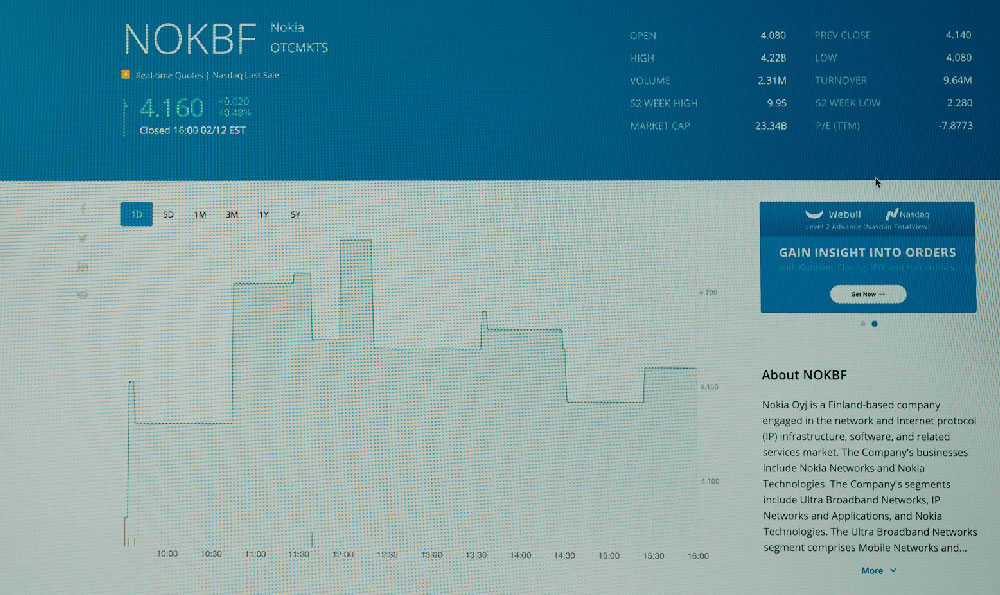Florida's revenue generation is a multifaceted engine fueled by a unique economic landscape and strategic tax policies. Unlike many states that rely heavily on income tax, Florida stands out as one of the few that forgoes a state income tax on individuals. This distinctive feature shapes the state's approach to funding its operations and influences its economic development. To understand how Florida sustains its budget, it's crucial to explore the key sources that contribute to its revenue stream.
One of the most significant contributors to Florida's revenue is sales tax. Florida levies a 6% state sales tax on most goods and services. Some counties also add local surtaxes, pushing the total rate higher in those areas. This tax applies broadly, encompassing everything from retail purchases to tourist-related expenses. Given Florida's robust tourism industry, sales tax collected from visitors constitutes a considerable portion of the state's income. The constant influx of tourists spending on accommodations, dining, entertainment, and souvenirs provides a steady flow of revenue throughout the year, mitigating the effects of economic downturns to some extent. The sales tax base is broad, impacting almost all consumer transactions, creating a stable and predictable income source for the state.
Beyond general sales tax, selective sales taxes, also known as excise taxes, also play a crucial role. These are taxes levied on specific goods and services, such as gasoline, alcohol, tobacco products, and certain amusements. These taxes serve a dual purpose: generating revenue and discouraging consumption of potentially harmful products. The revenue from gasoline tax, in particular, is often earmarked for transportation infrastructure projects, contributing to the maintenance and improvement of roads, bridges, and public transit systems. The consistent demand for these goods ensures a relatively stable stream of revenue from excise taxes, further bolstering the state's financial health.

Property taxes form another essential source of revenue for local governments in Florida. While the state government doesn't directly collect property taxes, these taxes are the primary funding mechanism for county governments, school districts, and municipalities. Property taxes are assessed based on the value of real estate, including homes, land, and commercial properties. The rates are determined by local authorities based on their budgetary needs. The stability of the housing market in Florida directly impacts property tax revenue. An appreciating real estate market typically leads to higher assessed values and increased tax collections, while downturns can negatively affect this revenue stream.
Another important, albeit less direct, source of revenue stems from Florida's thriving tourism industry. While the general sales tax captures a large portion of tourist spending, other taxes and fees related to tourism also contribute significantly. These include taxes on hotel stays, car rentals, and admissions to attractions. Tourist-related revenue supports a wide range of state programs, including tourism marketing, environmental conservation, and infrastructure development. The state actively promotes tourism through campaigns and initiatives, recognizing its vital role in the economy and revenue generation.
Federal funding represents another crucial piece of Florida's revenue puzzle. The state receives federal funds for various programs and services, including healthcare, education, transportation, and social welfare. These funds are often allocated based on formulas and grant applications, requiring Florida to demonstrate compliance with federal regulations and program requirements. The availability of federal funding can fluctuate based on national priorities and budget decisions, requiring Florida to be adaptable in its financial planning.
In addition to these primary sources, Florida also generates revenue from corporate income tax, although it is a relatively small percentage of the overall revenue compared to sales tax. The state levies a 5.5% corporate income tax on businesses operating within its borders. While lower than many other states, this tax still contributes to the state's general fund. Fees and charges for various licenses, permits, and services also contribute to the revenue stream. These include fees for driver's licenses, vehicle registrations, professional licenses, and environmental permits. While individually smaller, these fees collectively contribute a significant amount of revenue to the state's coffers. Investment income, derived from the state's investment portfolio, also forms a portion of Florida's revenue. The state invests its surplus funds in various financial instruments to generate returns, which are then used to support state programs and services.
Florida's revenue model, heavily reliant on sales tax and tourism, presents both advantages and challenges. The absence of a state income tax can be a significant draw for businesses and individuals, fostering economic growth and attracting residents. However, this reliance also makes the state vulnerable to economic fluctuations and shifts in consumer spending patterns. During recessions or periods of reduced tourism, sales tax revenue can decline sharply, potentially leading to budget shortfalls and requiring the state to make difficult choices about spending cuts or alternative revenue sources.
To mitigate these risks, Florida continually strives to diversify its economy and broaden its revenue base. Efforts to attract high-tech industries, expand international trade, and develop new tourism markets are all aimed at creating a more resilient and sustainable economy. The state also invests in education and workforce development to ensure a skilled labor force that can support economic growth.
In summary, Florida's revenue generation is a complex system that relies on a combination of sales tax, excise taxes, property taxes, tourism-related revenue, federal funding, corporate income tax, fees, and investment income. The state's unique reliance on sales tax and tourism creates both opportunities and challenges, requiring careful management and a proactive approach to economic diversification. Understanding these diverse revenue sources is crucial for comprehending Florida's fiscal health and its ability to provide essential services to its residents.












